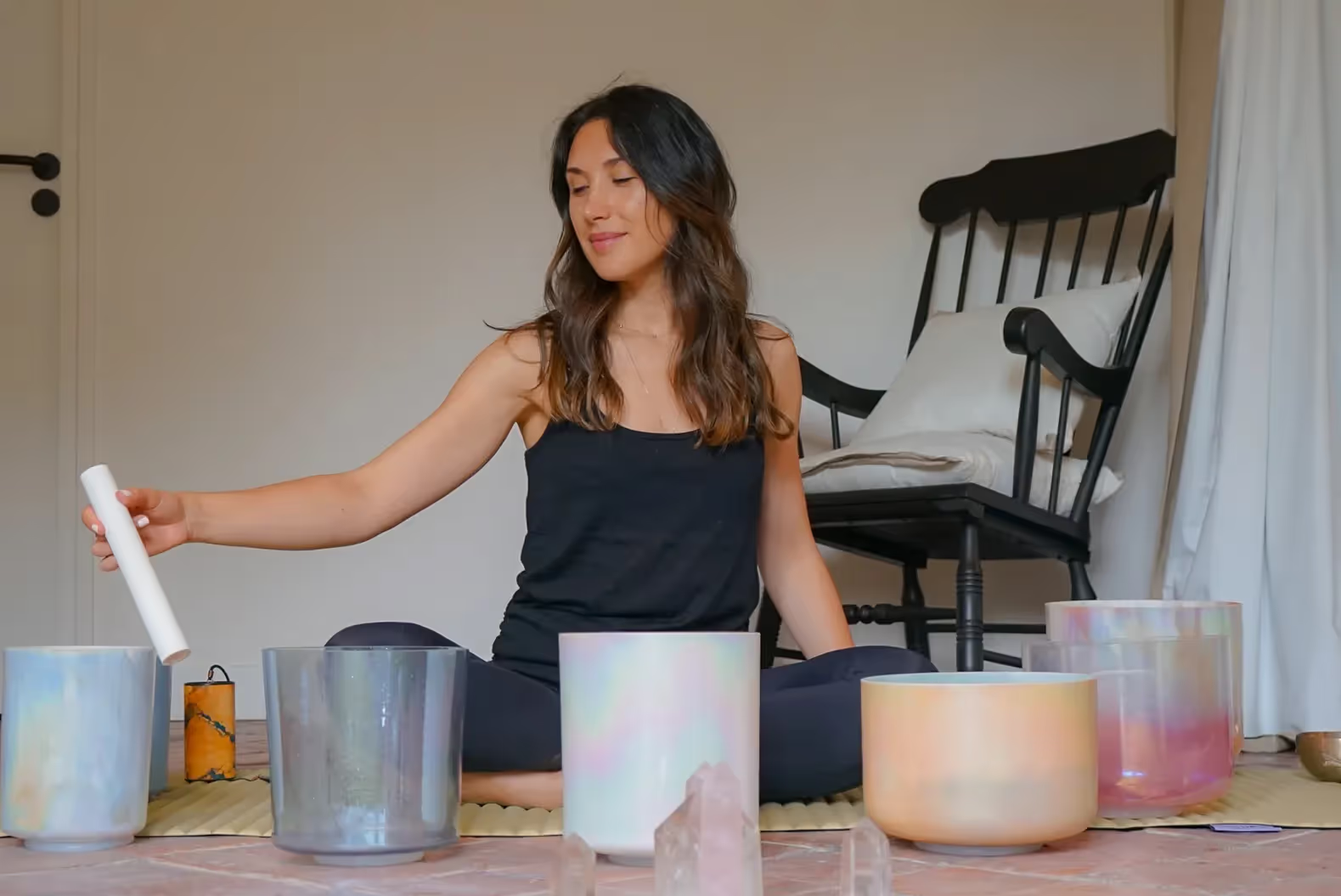Why is the "slow living" trend increasingly popular in 2025?
In 2025, the "slow living" trend is experiencing impressive growth, appealing to a growing number of people in search of meaning and balance in an increasingly hectic world. Faced with the speed of modern society, professional demands and information overload, slow living offers a breath of fresh air. But why has this approach to life, with its emphasis on calm, simplicity and mindfulness, become so popular?
1. Reconnecting with nature and the environment
Slow living encourages immersion in more natural, less urbanized environments, far from the hustle and bustle of big cities. This trend is part of a desire to reconnect with nature. People are looking to escape to peaceful places, such as country houses, green breaks or yoga retreats near Paris. In 2025, more and more people are choosing destinations like The Oasis House, where they can recharge their batteries in a natural, relaxing setting. The calm and beauty of natural landscapes help to restore inner balance and better manage daily stress.
2. The search for balance and mindfulness
In a world where distractions are omnipresent, slow living encourages us to slow down, savor the present moment and adopt a more conscious approach to life. This means taking the time to reconnect with oneself, meditating, practicing yoga or spending time with loved ones. In 2025, more and more professionals are turning to wellness seminars, such as those offered by The Oasis House, to combine work and relaxation, strengthen team cohesion and offer their staff an experience conducive to concentration and creativity.
3. The rise of minimalism and simplicity
Slow living also emphasizes simplicity and the reduction of clutter. More and more people are looking to lighten their daily lives by decluttering their living spaces and choosing more durable, meaningful objects. The trend is spreading to consumer patterns, with a preference for local, ethical and environmentally-friendly products. Minimalism is becoming a philosophy of life that encourages people to consume less, but better.
4. The desire to slow down in the face of technological acceleration
In an age of fast-paced new technologies, many people feel the need to disconnect and slow down. Slow living is a response to hyperconnection, which can lead to anxiety and mental overload. This approach is becoming increasingly popular with younger generations who reject the culture of excessive productivity. Disconnected retreats, far from screens and digitalization, are becoming ideal solutions for escaping and taking a step back.
5. The need for authenticity and deep relationships
Slow living also encourages a return to fundamental values: quality over quantity. In a fast-paced world, people are looking to nurture authentic relationships, spend quality time with loved ones and enjoy shared moments. This is reflected in events such as group seminars and family vacations, which focus on conviviality, discussion and shared experiences rather than superficial activities.
Conclusion
In 2025, slow living is more than just a trend: it's a way of life that meets the needs of an increasingly hurried world. Offering the opportunity to reconnect with oneself, with loved ones and with nature, this philosophy appeals to those who wish to live in a more conscious, serene and balanced way. Whether through wellness seminars, green retreats or moments of sharing in quality quality venues such as The Oasis Houseslow living is the promise of a more harmonious and meaningful life.




